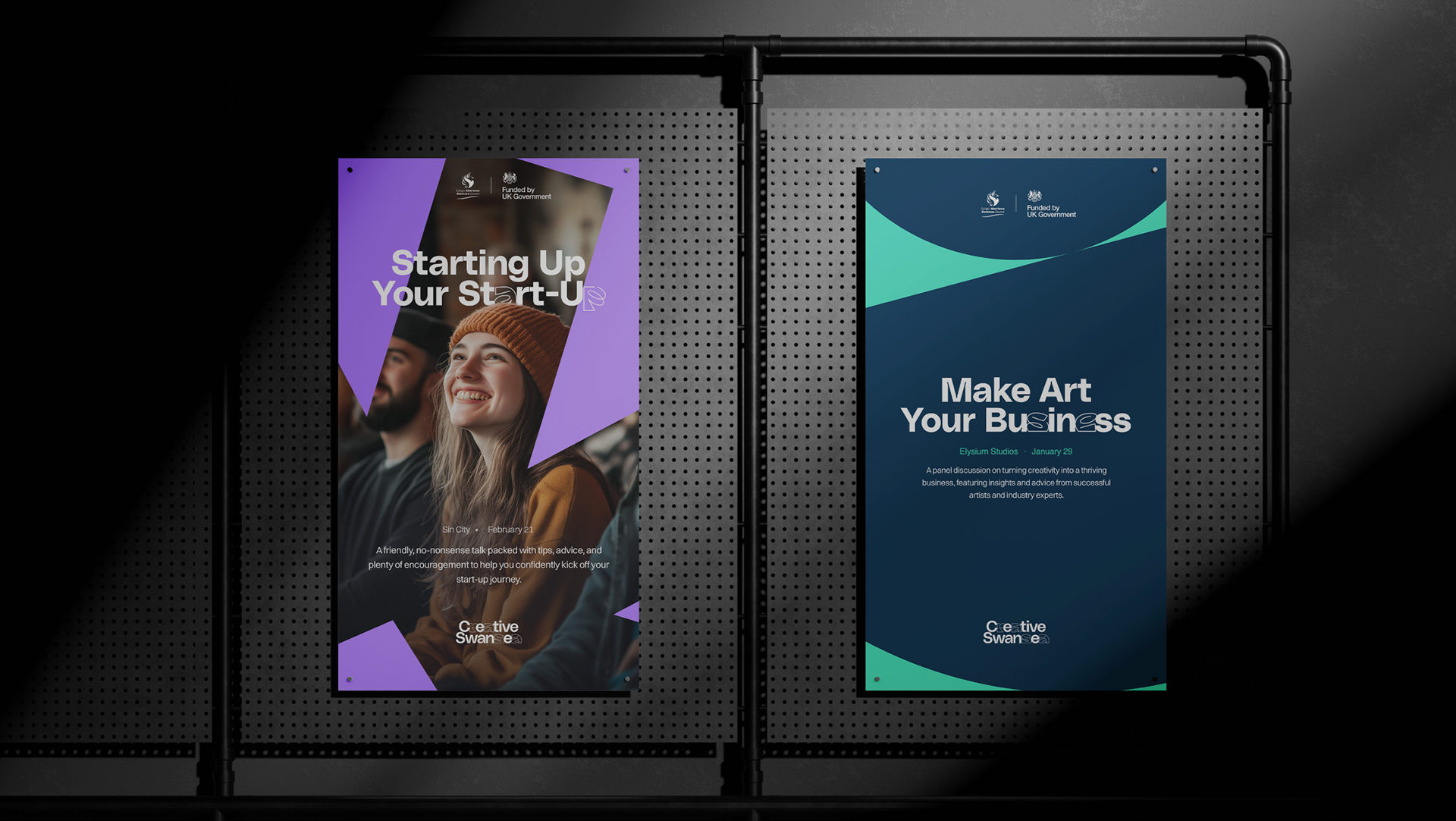The Brief
The Museum of Two Halves is an experiential museum located in the heart of Wrexham town centre. Wrexham Council approached us to develop a brand that would reflect the museum’s unique dual focus—on the industrial history of Wrexham and the history of Welsh football. The project included naming the museum, creating its branding, and expanding into experiential design to ensure an engaging, tourist-attracting experience that highlights both local heritage and national football pride.
The Process
Naming the museum was a collaborative effort, involving multiple workshops with Wrexham County Council and local school children to ensure the community played a key role in the process.
Additionally, we conducted a nationwide data collection campaign, using a variety of print and digital media—including social media campaigns, localised billboards, poster advertisements, and QR-coded beer mats at almost every football club across the country. This allowed us to gather thousands of survey responses, providing valuable insights into how the public felt the museum should be represented and what their history meant to them.

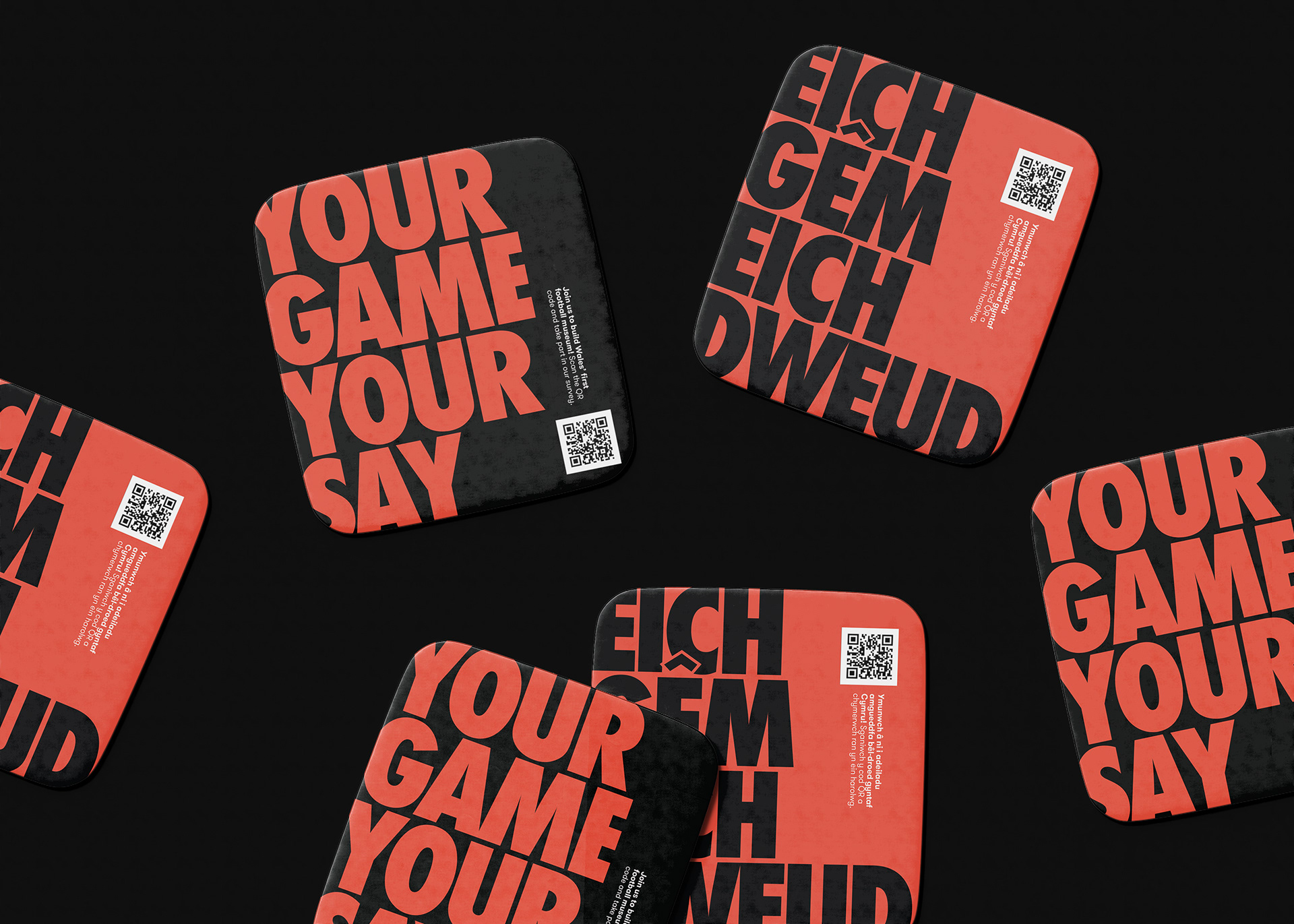
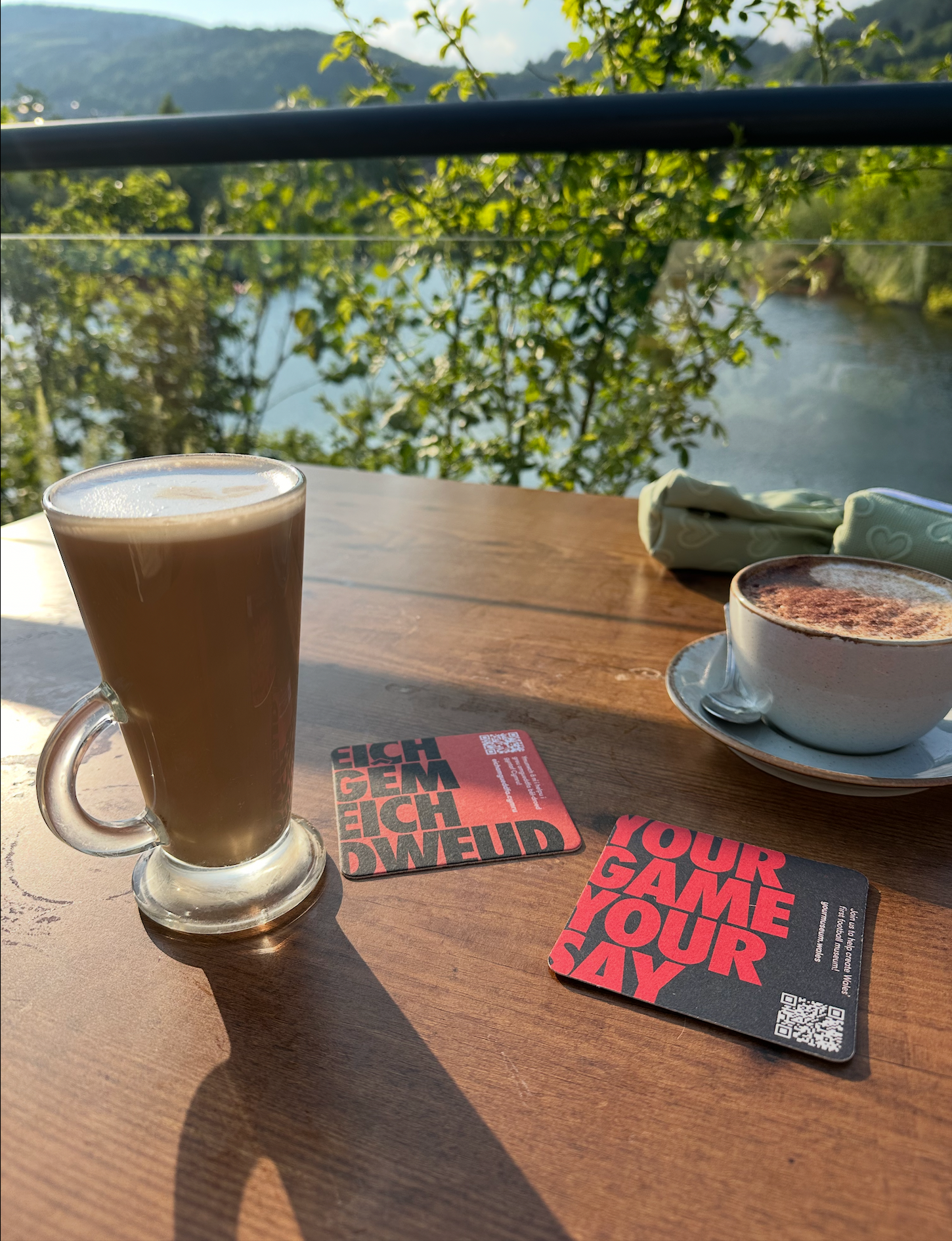

The name Tŷ Hanes (House of History in Welsh) was chosen, reflecting both the local heritage and the broader cultural context. Branding the museum posed a challenge, as it needed to represent two distinct entities—Wrexham's industrial history and Welsh football—under one visual identity. After extensive exploration, we landed on a distinctive monogram that relied on its own strength, creating a visual language robust enough to transcend the divide between the two halves. This approach resulted in a brand that stands alone as a unique, engaging, and experiential attraction.


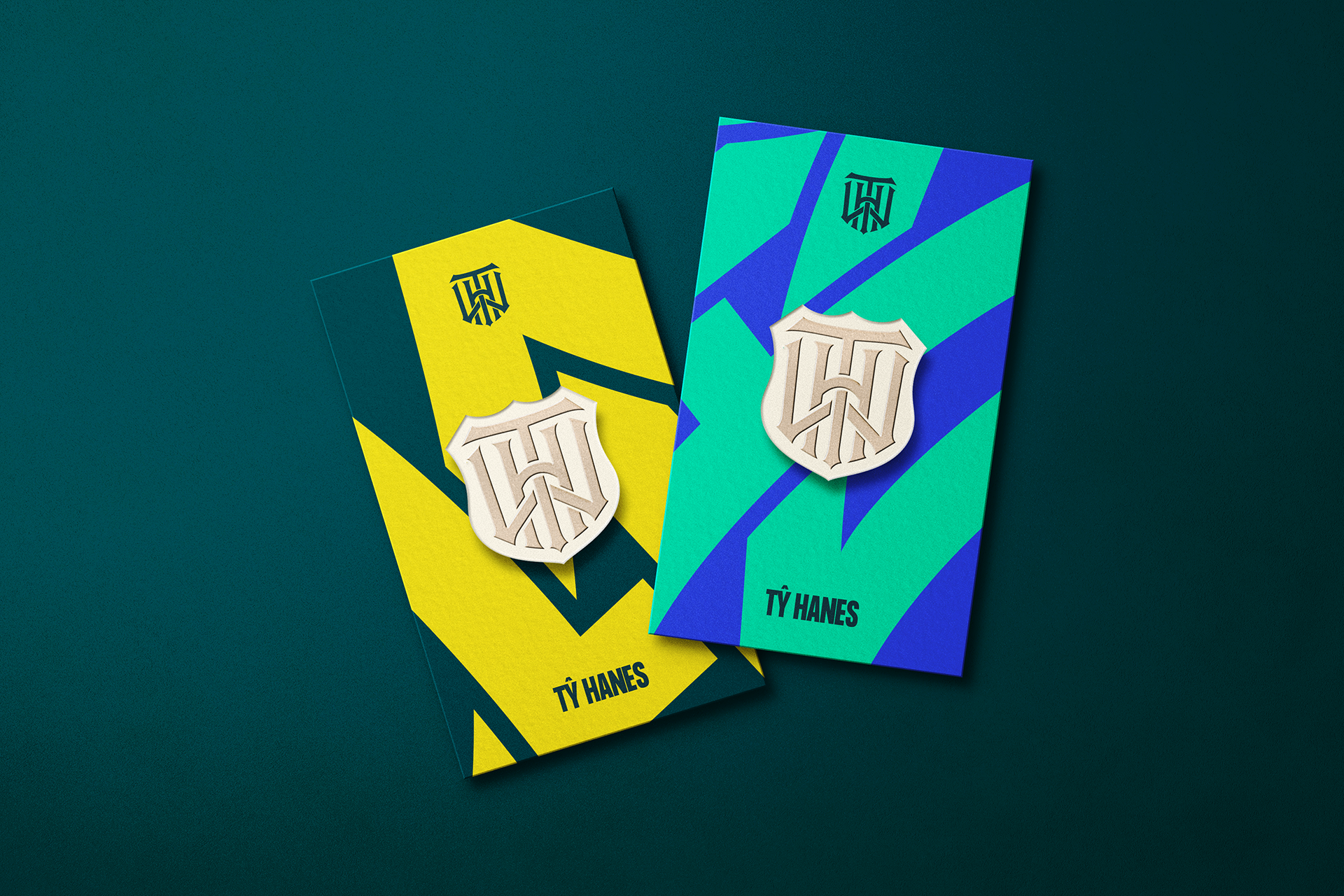
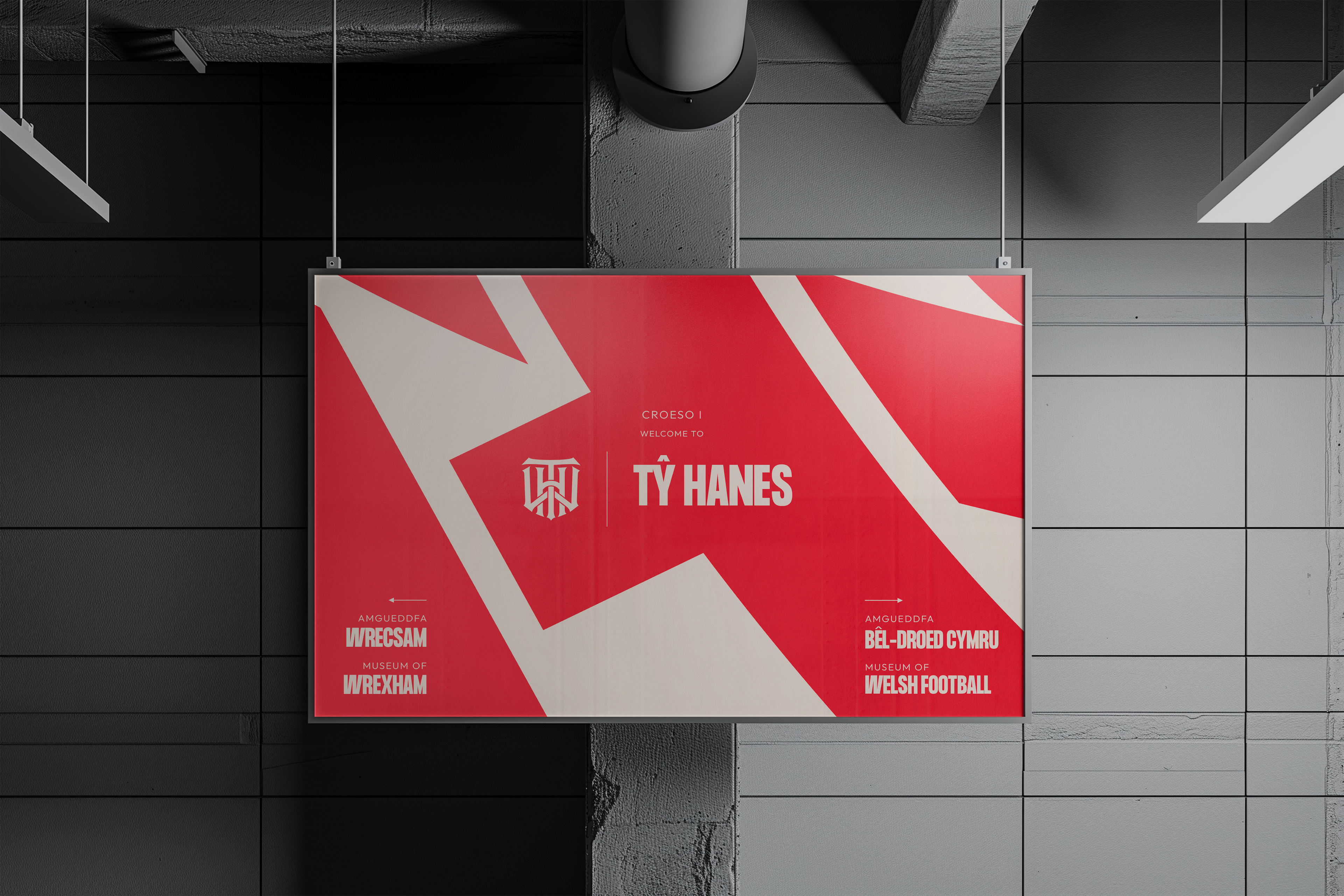
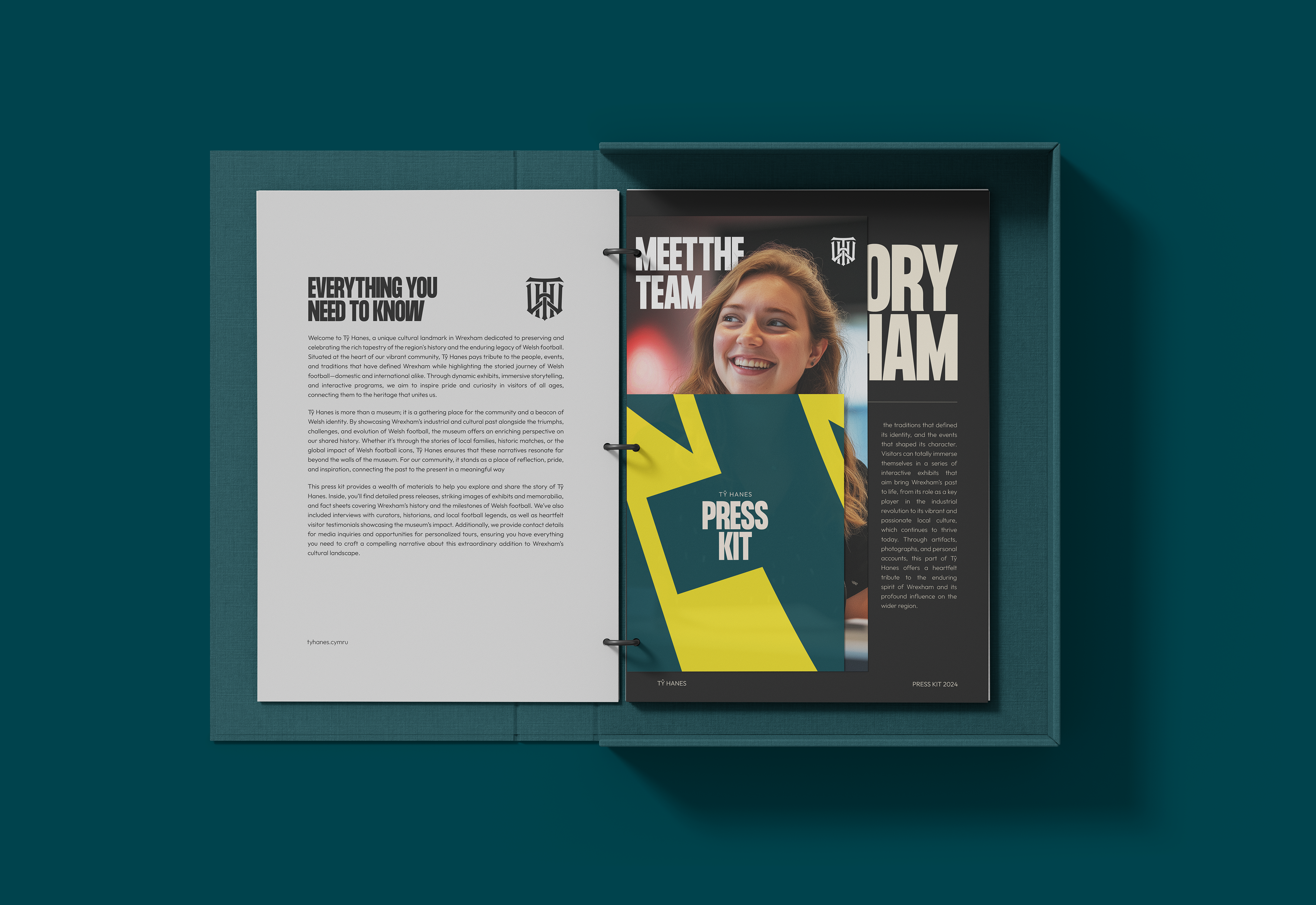
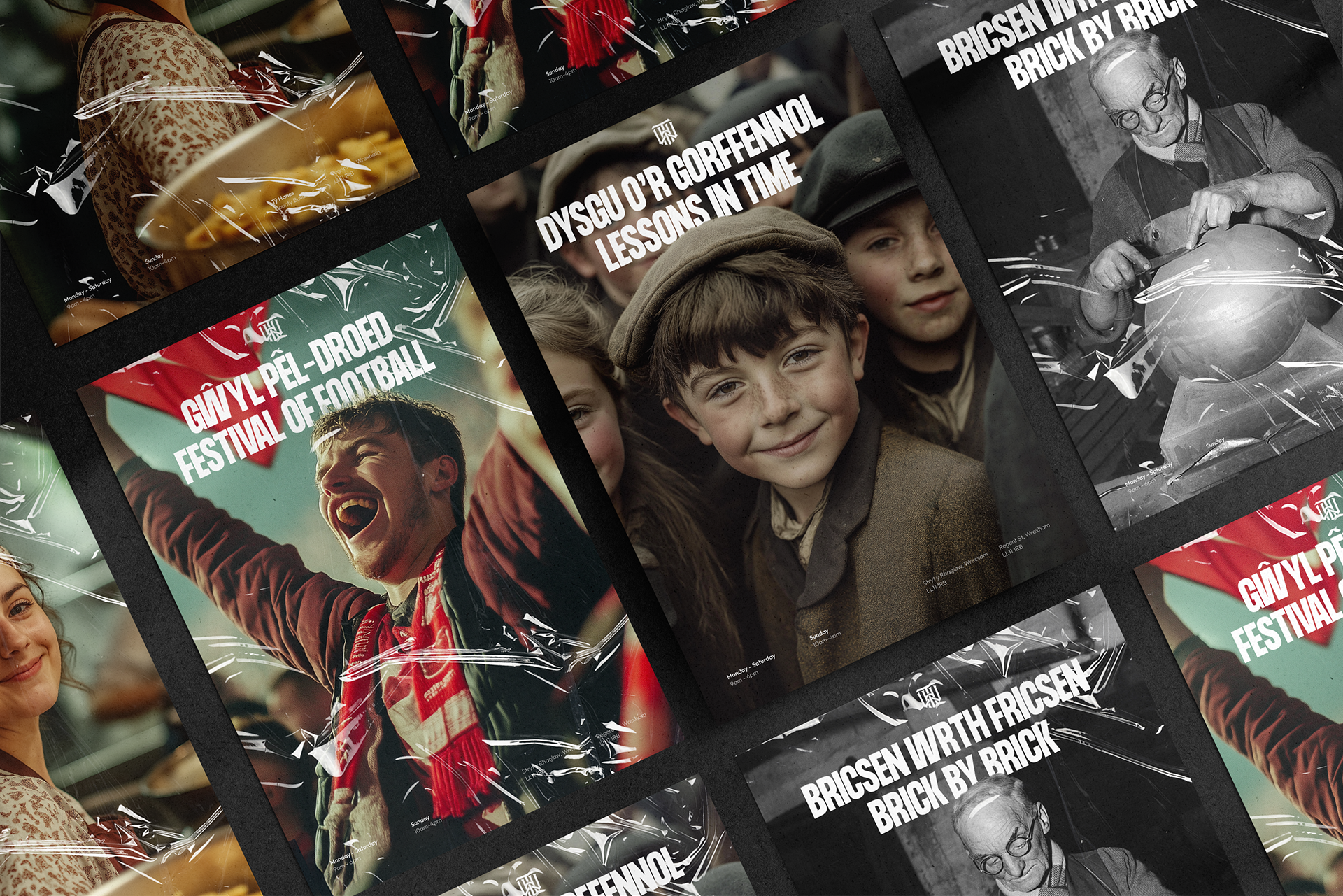
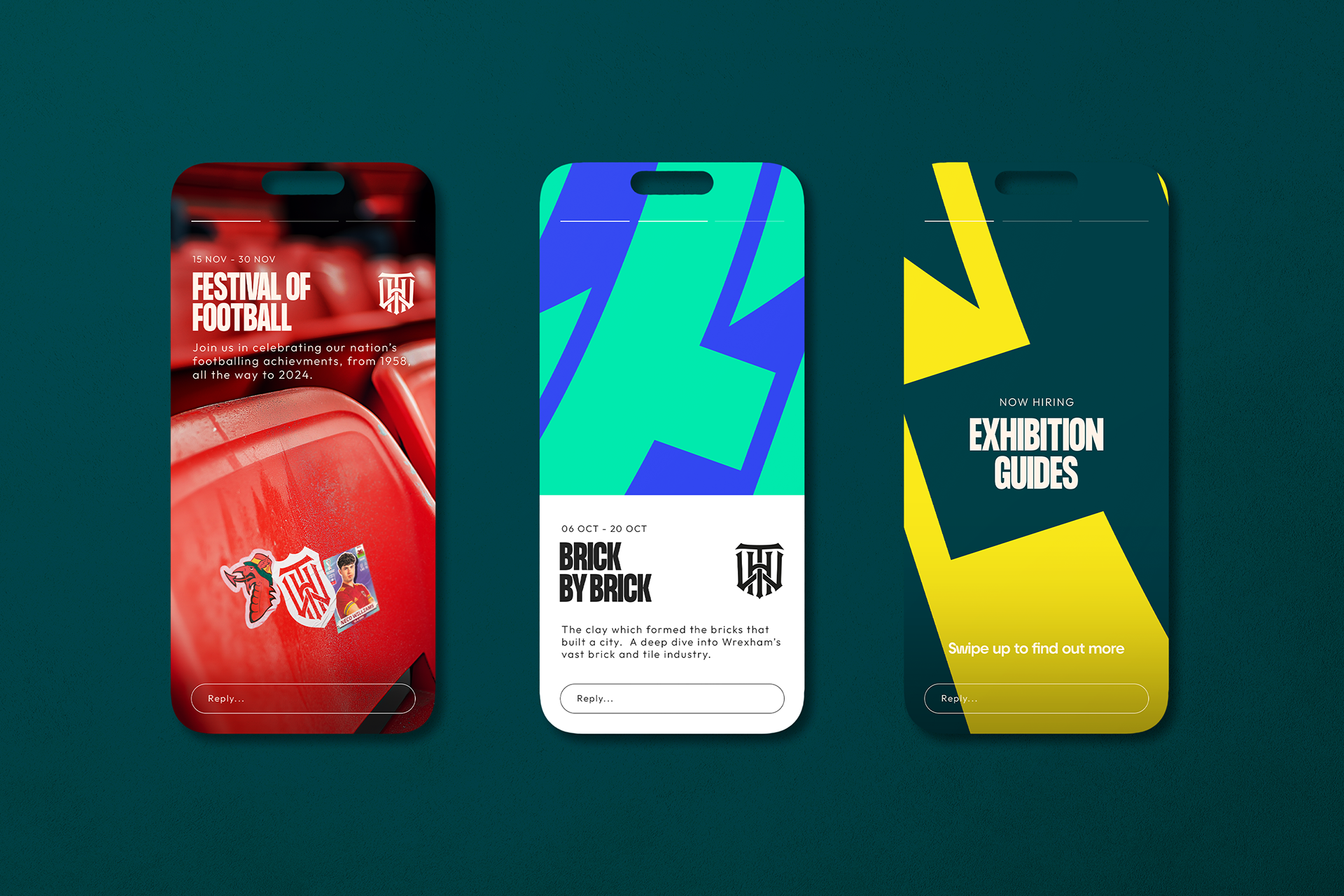
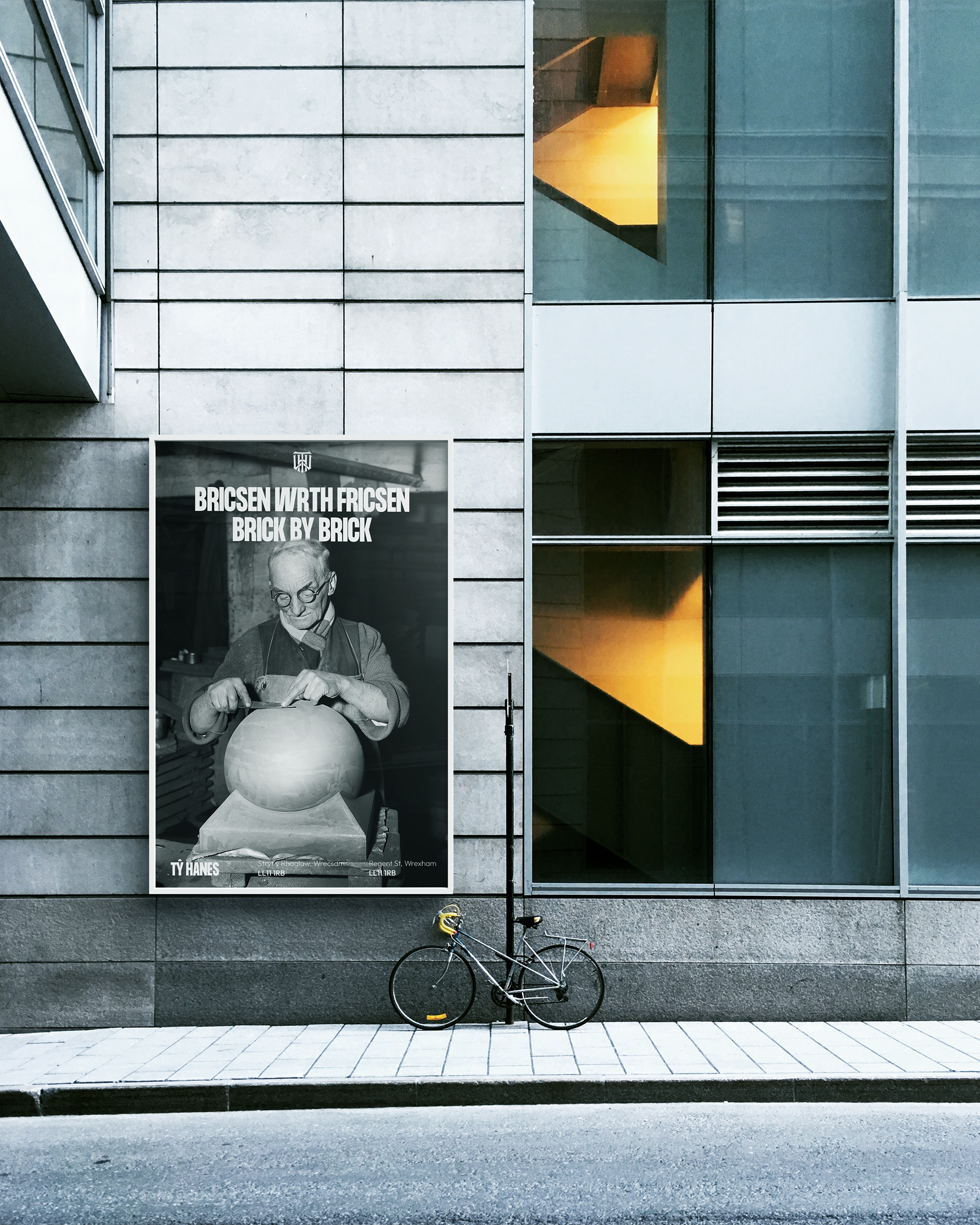

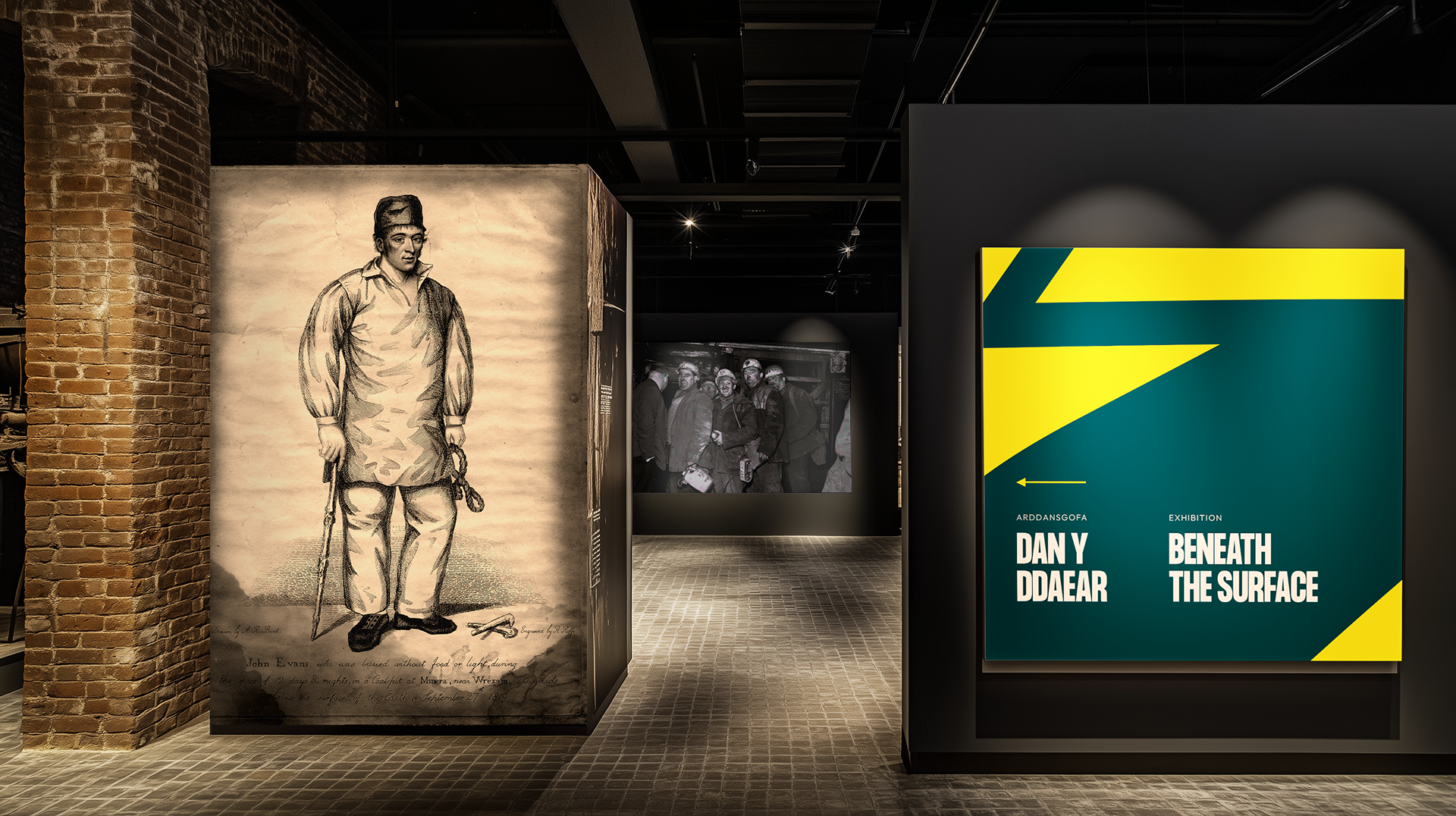
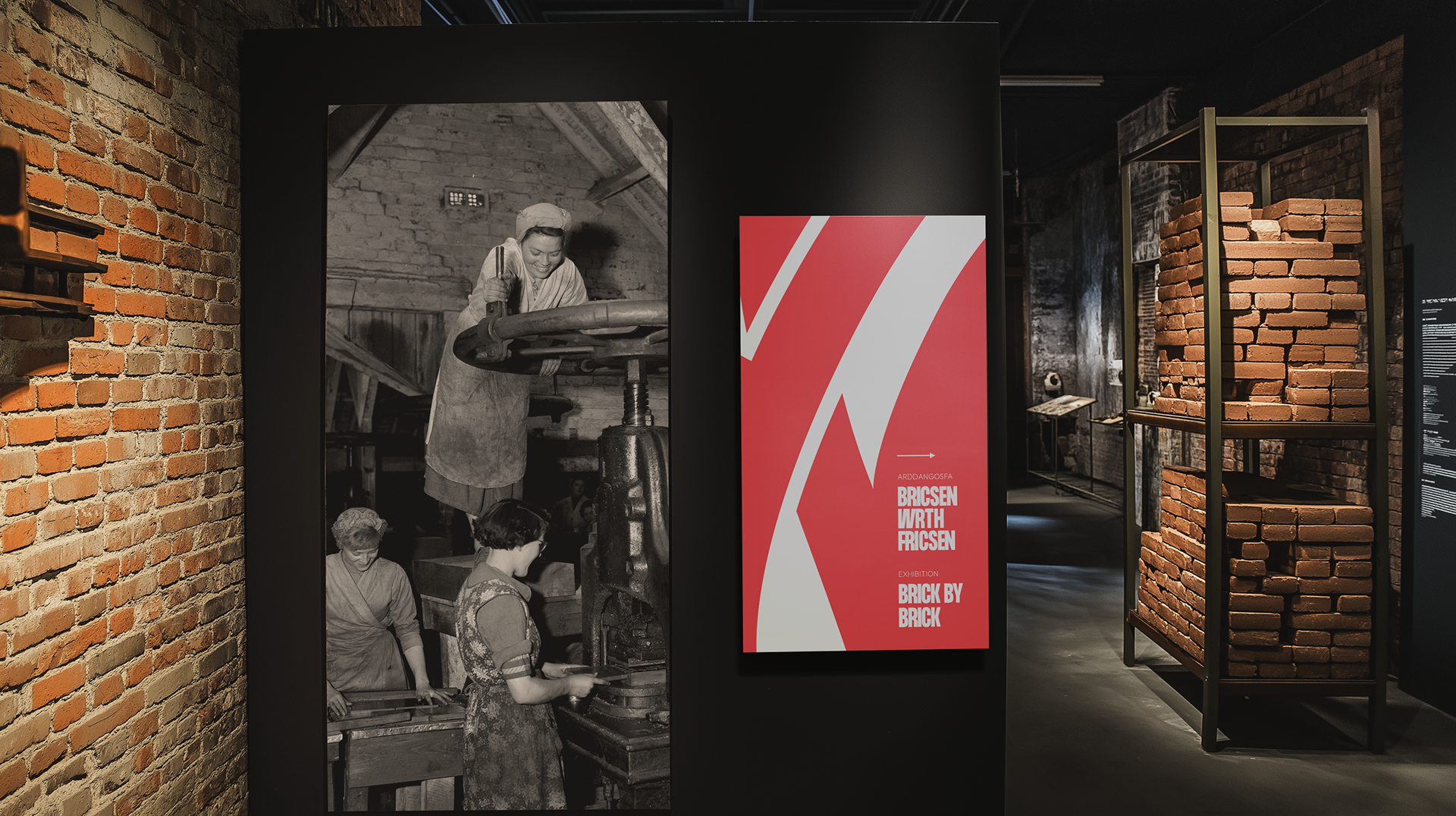
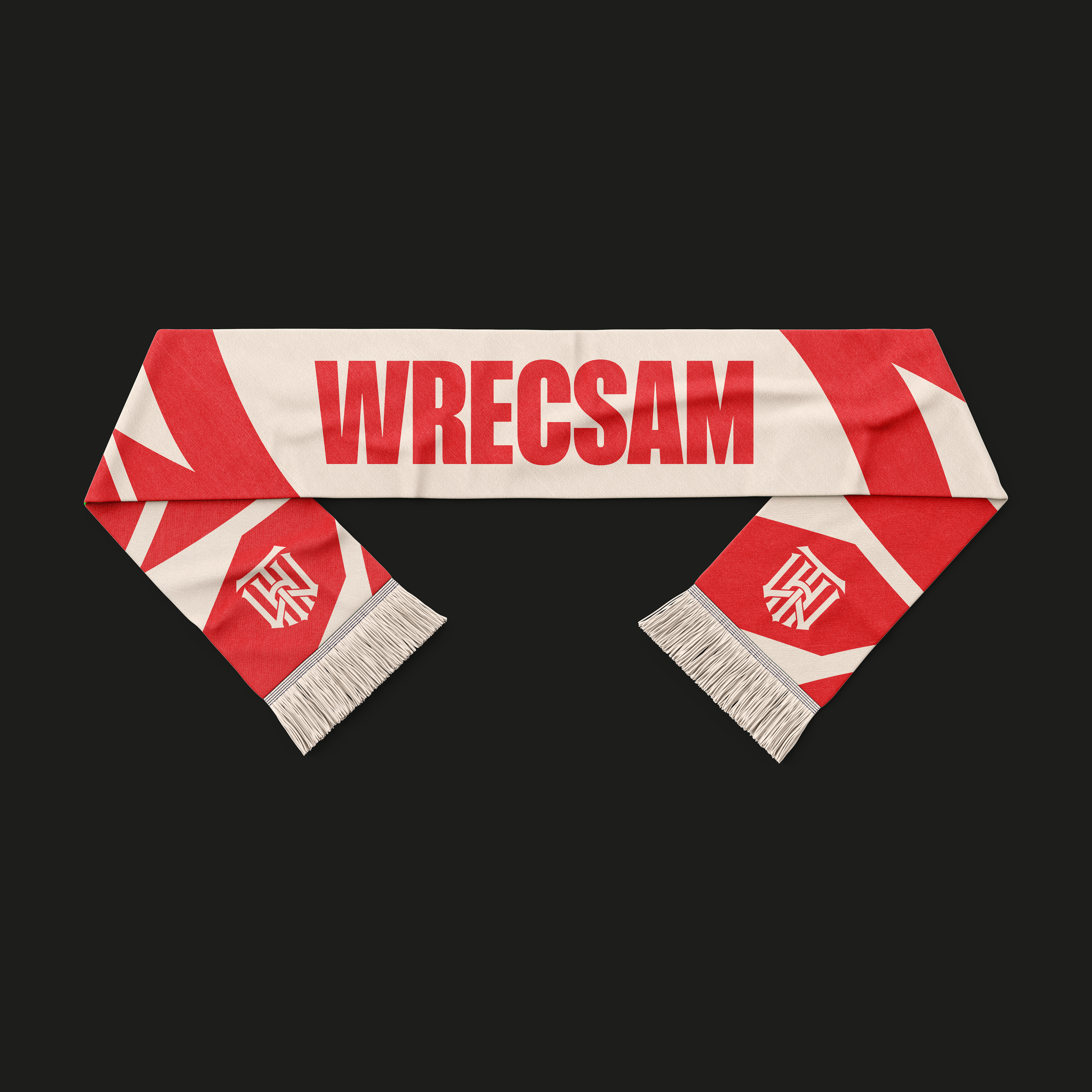
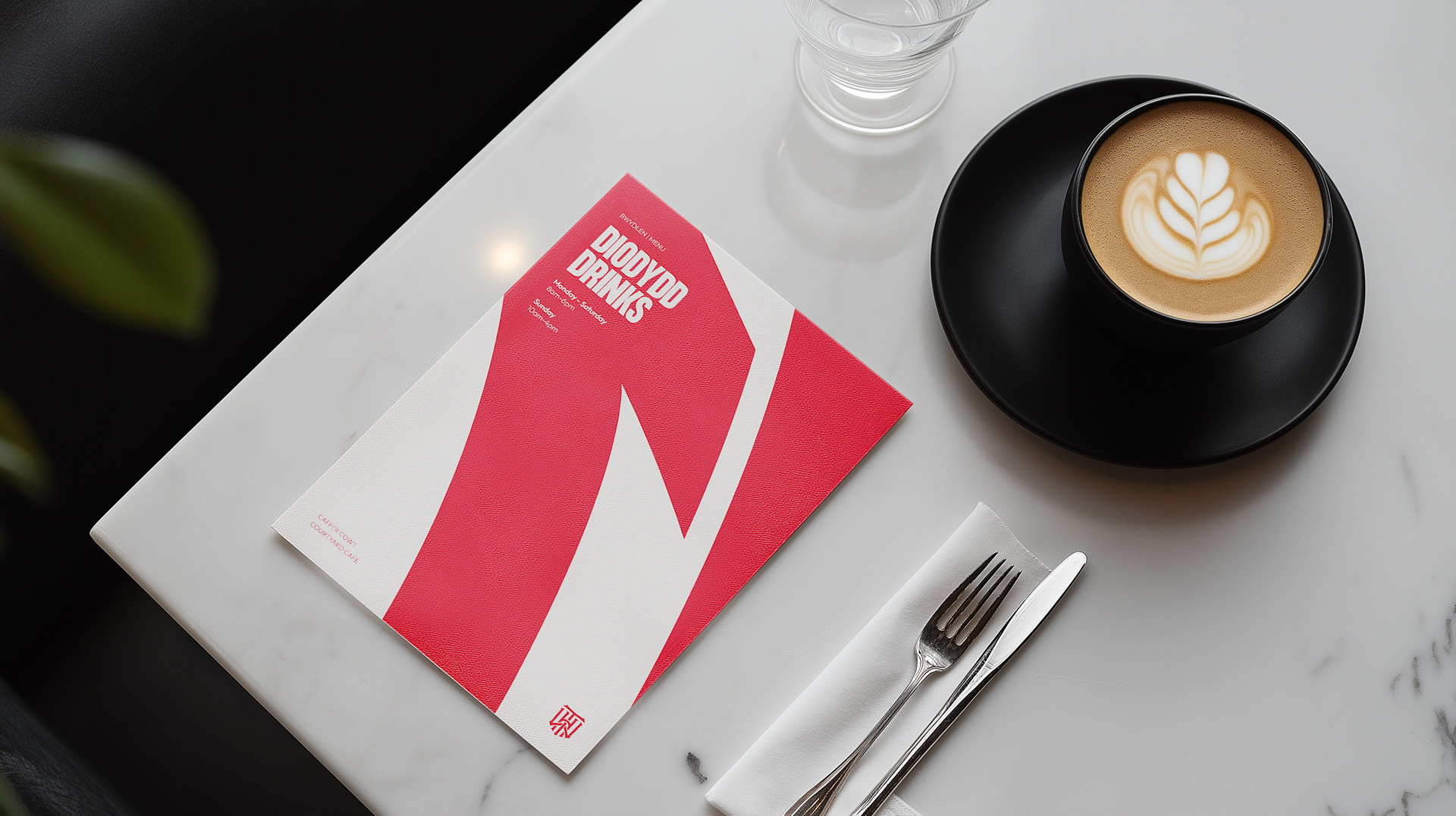
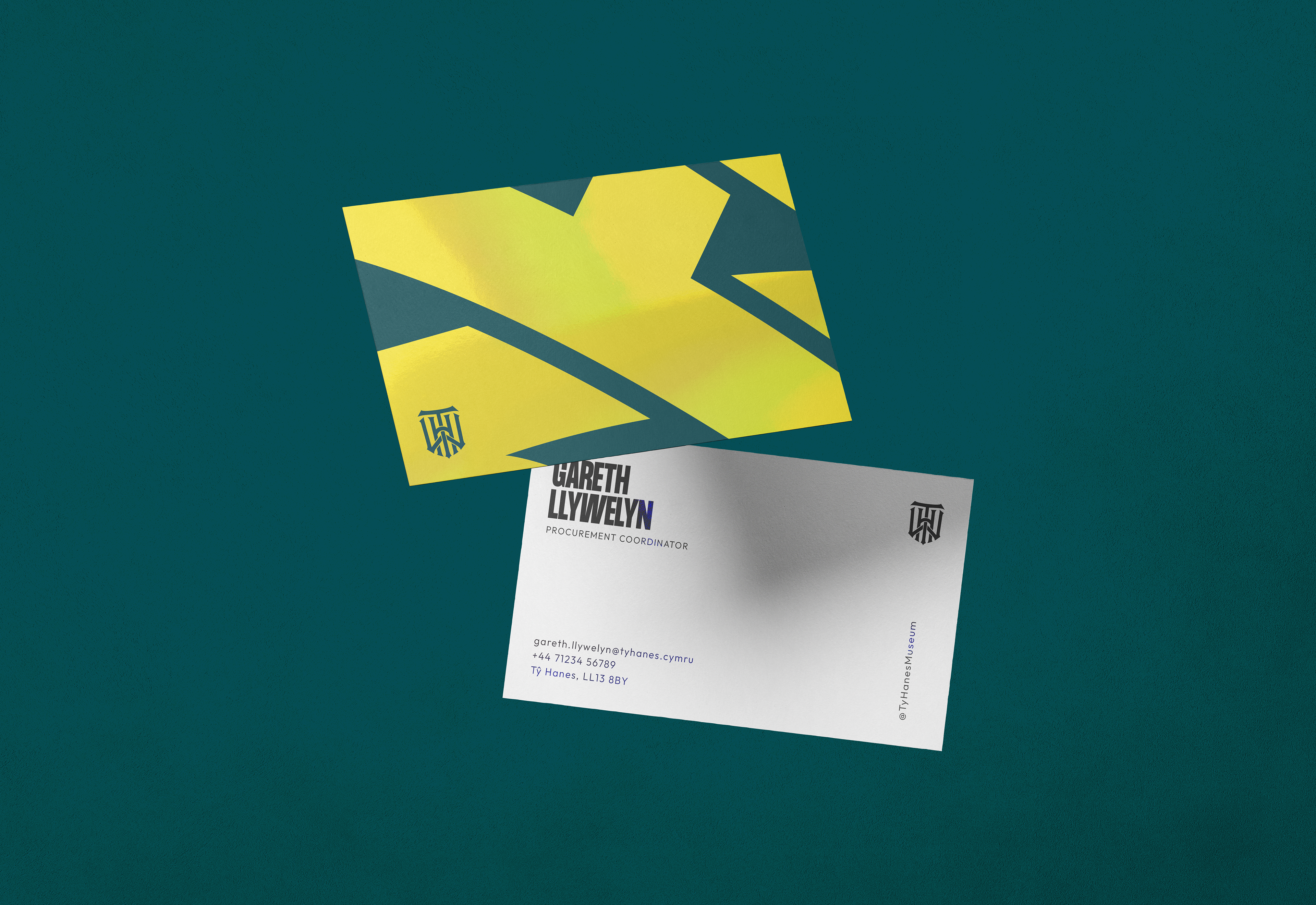
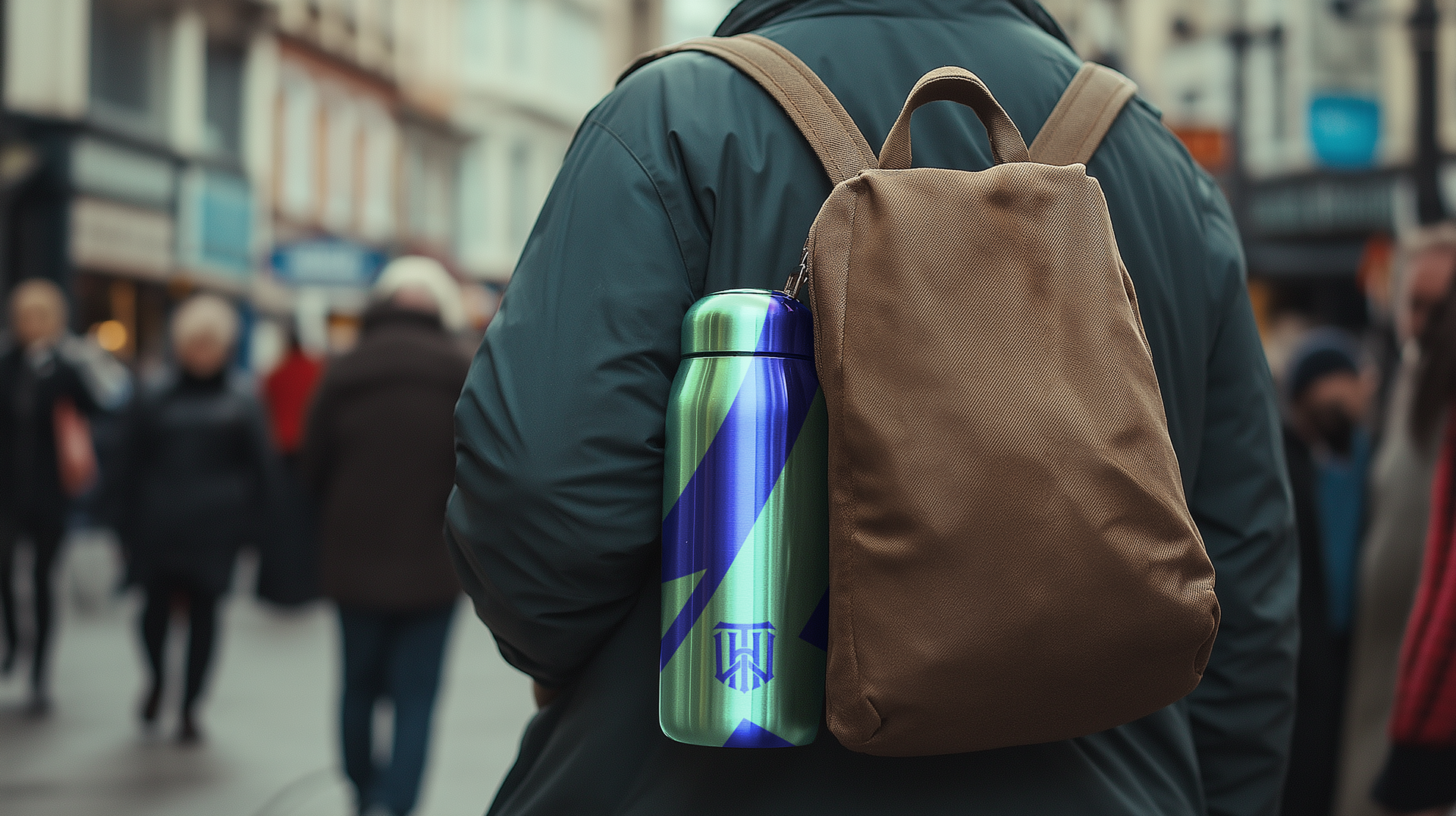
The Results
We have developed a powerful, dynamic, and impactful brand for Tŷ Hanes that is self-sufficient and unbiased, utilising its own unique logo to define the visual identity without favouring either half of the museum. This approach ensures the brand stands strong and independent, representing both the industrial heritage of Wrexham and the legacy of Welsh football equally. The brand has also been developed with accessibility and inclusivity in mind, incorporating cross-language materials to cater to the Welsh-speaking population and attract key tourist markets such as Chinese, Polish, and French visitors. Upon the grand opening in early 2026, the brand will inject an exciting new flavour into Wrexham town centre, boosting visitor attraction and fostering increased investment in the area.

